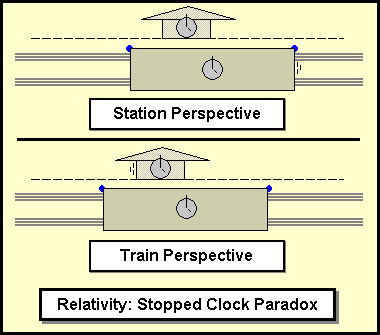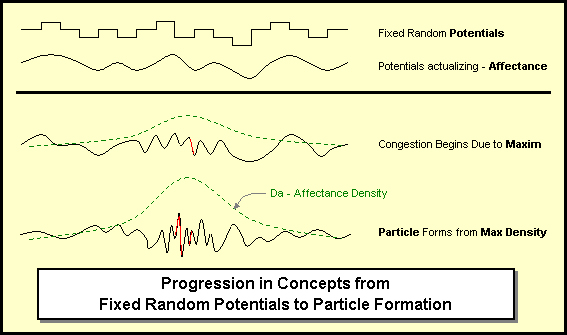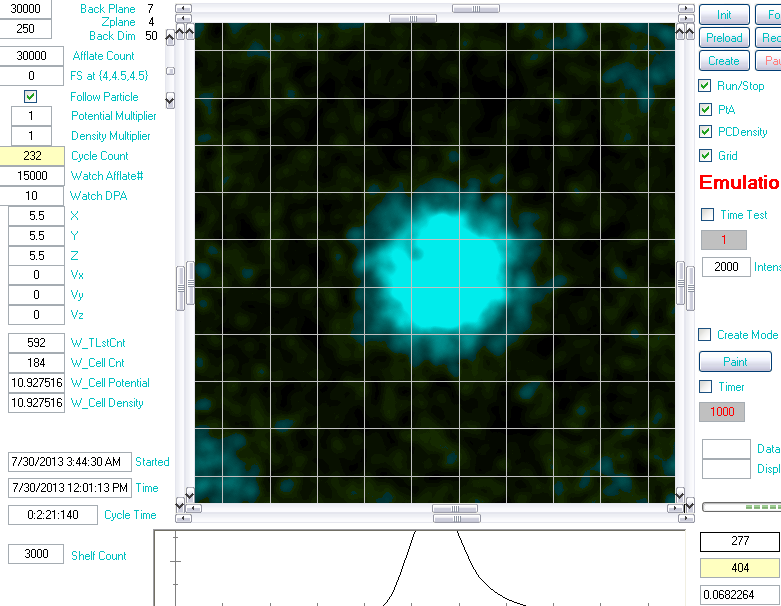The presence of matter literally dilates space itself, as explained in general relativity. If you were to hypothetically take a long tape measure through the diameter of the Earth, that distance would be slightly greater than what you would predict if you took the Earth’s circumference at the equator divided by pi. This is because the Earth mass is denser towards the center than out by the crust, and this excess mass dilates space – in a sense it literally almost generates space.
Although, the increase in Earth’s diameter isn’t too significant, only a few millimeters greater than what we would get if we took the length of the Earth’s equator divided by pi; however, in the case of the sun, the diameter is several kilometers greater than what it should be.
What does this tell us about space? The nature of space is easily explained by Einstein’s relativity, and we can understand how space itself could literally be dilated by going back to the old Einsteian thought experiment considering an observer in free fall: if you were hypothetically in free fall, falling down an endless hole, but the hole had no walls, and there was nothing but darkness, how would you know you were falling? Without there being anything at all to have a relative position to, there is no way to differentiate between falling, flying, or standing still. Things like location are only relative.
What does this tell us about space? Our preconceptions about the notion of ‘space’ are wrong; there are no locations, only relations. What is space then? There is no grid of space, no coordinate plane; there is no real “distance” between things. But this has further implications that I believe explain phenomenon such as electromagnetic fields: if there is nothing between two objects, then there is no distance between them. What appears to be empty space must actually contain ‘something’, and space itself must be ‘something’ - more than likely, space is actually made up of residual radiation, probably dark energy.
Now, what happens when matter propagates through space? Since space must consist of “something”, this “something” must be pushed out of the way by matter as it propagates, since two “things” can not occupy the same location simultaneously (as there is no objective ‘location’). Therefore, when matter propagates through space, it doesn’t actually pass through space, rather it pushes space out of the way.
This “pushing” of space is quite possibly what leads to the phenomenon of electromagnetic repulsion. Whatever “space” is, it has to be “something”, and an object with mass would have to push its way through that “something” in order to propagate. When two pieces of matter come within proximity of each other, their act of “pushing” space causes them to literally push space between each other as they travel, leading to the observed effect of repulsion.
How do we explain electromagnetic attraction then? Or electrons, and other objects with a negative charge? This is more complicated to explain, but I believe I can propose an explanation, again in terms of relativity. Lets consider the nature of light and energy: an electron and a positron (an anti-electron) are known to annihilate each other upon contact with each other, and this annihilation results in the creation of a photon, or rather, we could think of the positron and the electron as combining to form a photon. It is also known that a photon will occasionally separate into an electron/positron pair, shortly before they annihilate each other and return to being a photon - this suggests an implication to the nature of light and energy itself. What is energy? We will struggle to come up with any sort of explanation that doesn’t refer to concepts like velocity, movement, or mass - all of which are relative. If everything that constitutes energy can only be expressed as relative measurements, then energy itself must be relative; what else could energy be, other than the whole of its properties and effects? Force constants, such as the speed of light, are only relative constants. The speed of light was only ever considered “constant” locally, which is tantamount to being relative, if on a macroscopic scale light can travel faster than other light - all light travels at the same speed locally just as all matter has the same mass locally, as being “local” would imply that it is under the same relative conditions and therefore has the same mass, since a measurement of mass is just an expression of matter’s varying relative energy (as mass and energy are equivalent).
Since energy is relative, the only variation between different objects must be quantitative. Since all matter and energy in our universe was once in a singularity before the big bang, any true variation between objects in our universe is determined by how they deviated from the singularity as a result of the singularity’s schism; or to put it more simply, the amount of steps it underwent as a result of the singularity’s schism. Objects with opposite charges (electrons and protons for example) merely have a differing or possibly opposite geometric affect on space, which leads to the phenomenon of attraction; and the appearance of a field is due to the illusory nature of space.


